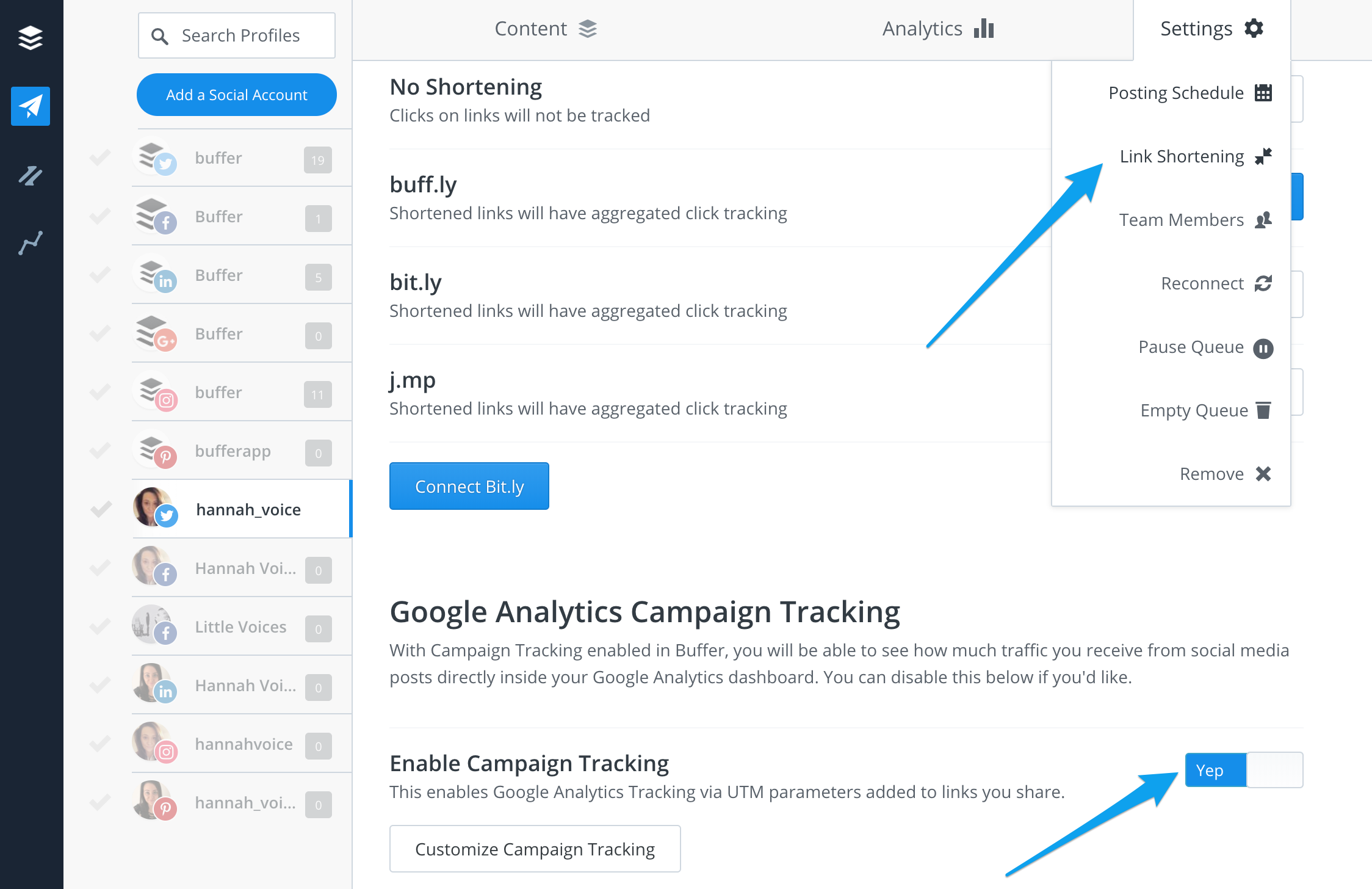Android google analytics campaign tracking
You will see which marketing channels bring the highest engagement, conversion and sales. By doing so, you will be able to analyze and compare campaigns, with learning how to increase your revenue as the end goal. You know there is already an interest in these items, so you must try to promote them more and set up campaigns to increase conversions.
So What is Campaign Based Tracking?
Later on, you can use this knowledge to improve the sales of other products in your store. Just like with the most viewed products, you can set up special campaigns for your best-selling products to increase your revenue even more.
You will be able to pinpoint exactly where you need to focus on increasing results and the biggest conversion killers stopping you from achieving even greater success. This includes what people are seeing, which ones are most popular, how long they stay on each screen, and how they navigate from one screen to the next.
This is incredibly useful because it allows you to understand what type of content performs best and which products get the most views.
With the use of goal and ecommerce tracking, you can analyze the performance of your conversion funnel and how many people pass through each level before they reach your shopping cart. If there is a screen with a huge drop off, this means there are some issues with that screen and you need to focus your efforts to improve it. For that, you will use event tracking. Ecommerce tracking allows you to understand performance and activity for individual products or product categories. The product performance report shows you the sales performance of all your products. You can filter and organize your reports based on product names, SKU, category, brand, etc.
You can use the product list performance report to understand how each item performed on your app when it comes to views, clicks, CTR, etc. These reports allow you to see how people move through your conversion funnel. You will see details about how users viewed products, added them to shopping carts, initiated or abandoned the cart, and completed transactions. This page is used to test how 'referrer' parameters work when installing applications from the Play store on an Android device.
The Play store on Android can be launched from a URL and configured to start on the install page for your application. This is extremely useful when you want to direct a user to install your Android application from a web page, email, ad campaign, etc. One cool feature of this mechanism is that you can pass information on the URL that will eventually be delivered to your Android application after the installation of your application is complete. Why is this cool?
Google Integration
If each source correctly sets the referrer parameter according to Google's recommended format, then you can track what campaigns are driving the most installs. The SDK will automatically process the referrer parameter after an install completes and pass the information up to the Google Analytics server where you can view the aggregated results for all installs.
Depending on what you read, it often sounds like the referrer string is just for campaign tracking. If you are using campaign tracking with the Google Analytics SDK for Android then you do need follow the required format.
Firebase Dynamic Links analytics
If you are not using campaign tracking through the SDK, then you are free to pass whatever you want in the referrer parameter. So, why is this cool?

There are many uses for this. Say you have a mobile site where you may have some state information about the viewer such as an invitation, some cached credentials, a shopping cart, etc. To see the url format you can check this Google Link and build your own url for campaign tracking. So our MainActivity would look like. In the above code we fetched the values from SharedPreferences and displayed in a TextView.
Our programming part ends here. In the next section we will see how we test it. So far we have seen how to get campaign tracking attributes and decode them. We may think How to test it without publishing app to Play Store? There is alternative way. To test install referrer first we need to go to adb folder from terminal in Android Studio or the terminal your os provides.
If the broadcast is successful you will get following message in return on the terminal. Now open your app and check for logcat. If campaign data received successfully, you will see a message like. Looking good? This is not so easy to get expected result at first chance if no luck.
If everything runs properly, you will be able to see it to your MainActivity screen. You can download full source code from GitHub here. April 30, Context; import android. Intent; import android. SharedPreferences; import android.
Integrating Google Analytics
Bundle; import android. Log; import com. Context ;. Intent ;. SharedPreferences ;.